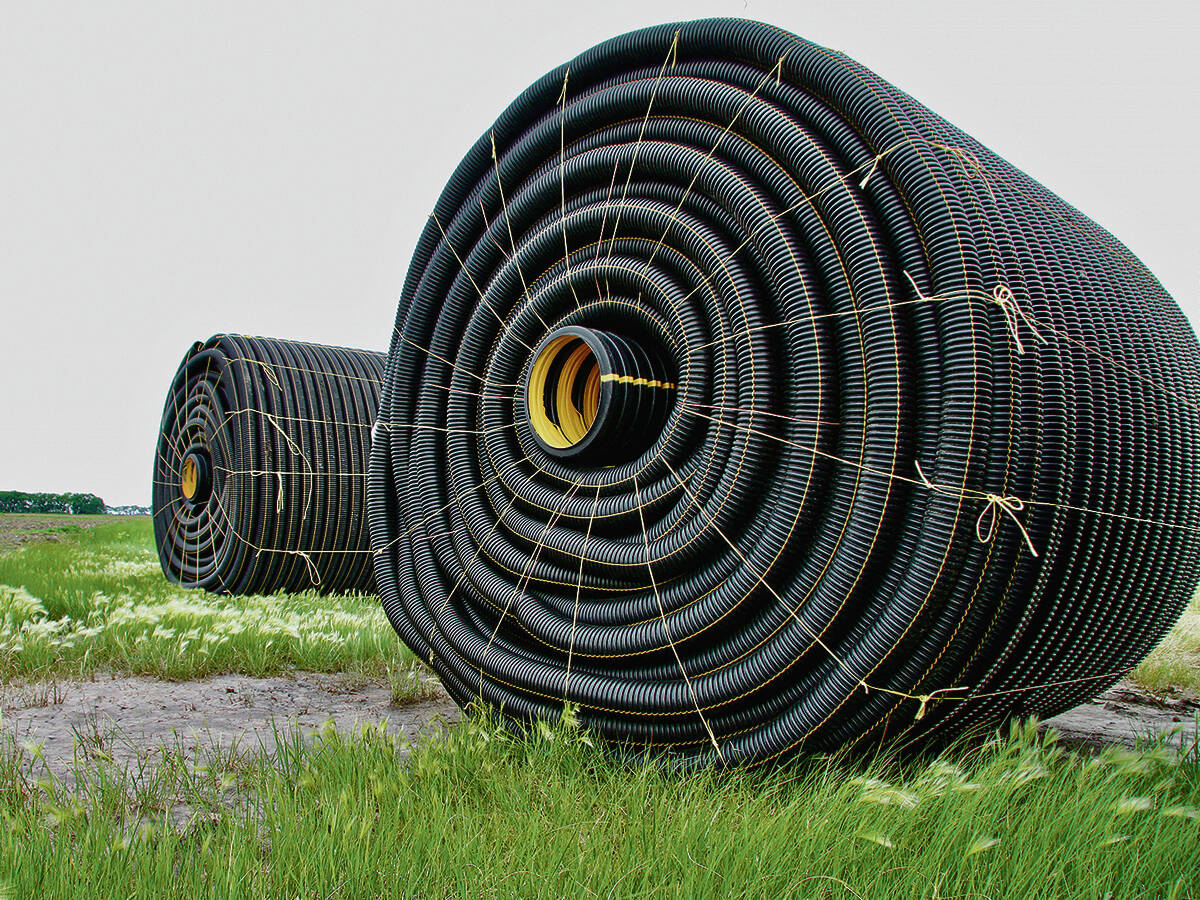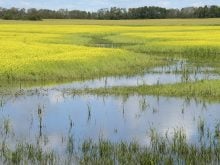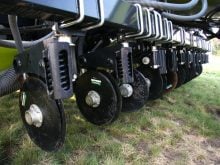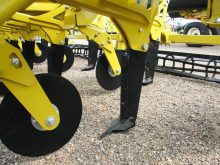Glacier FarmMedia – Although there have been few responses to date, feedback in a Western Canada-targeted online survey about producers’ soil health plans and progress has been illuminating, says the lead of survey authors for the Soil Health Network.
Based on the 50 to 60 responses the network has received to date, Prairie farmers are expressing interest in and advice on the soil health benefits of tile drainage, crop diversity, strategic tillage and extended ground cover, says Brent VanKoughnet.
“The survey question is simply, ‘what’s the next thing that you’re trying to do for soil health on your farm and how’s that going?’” he says.
Read Also
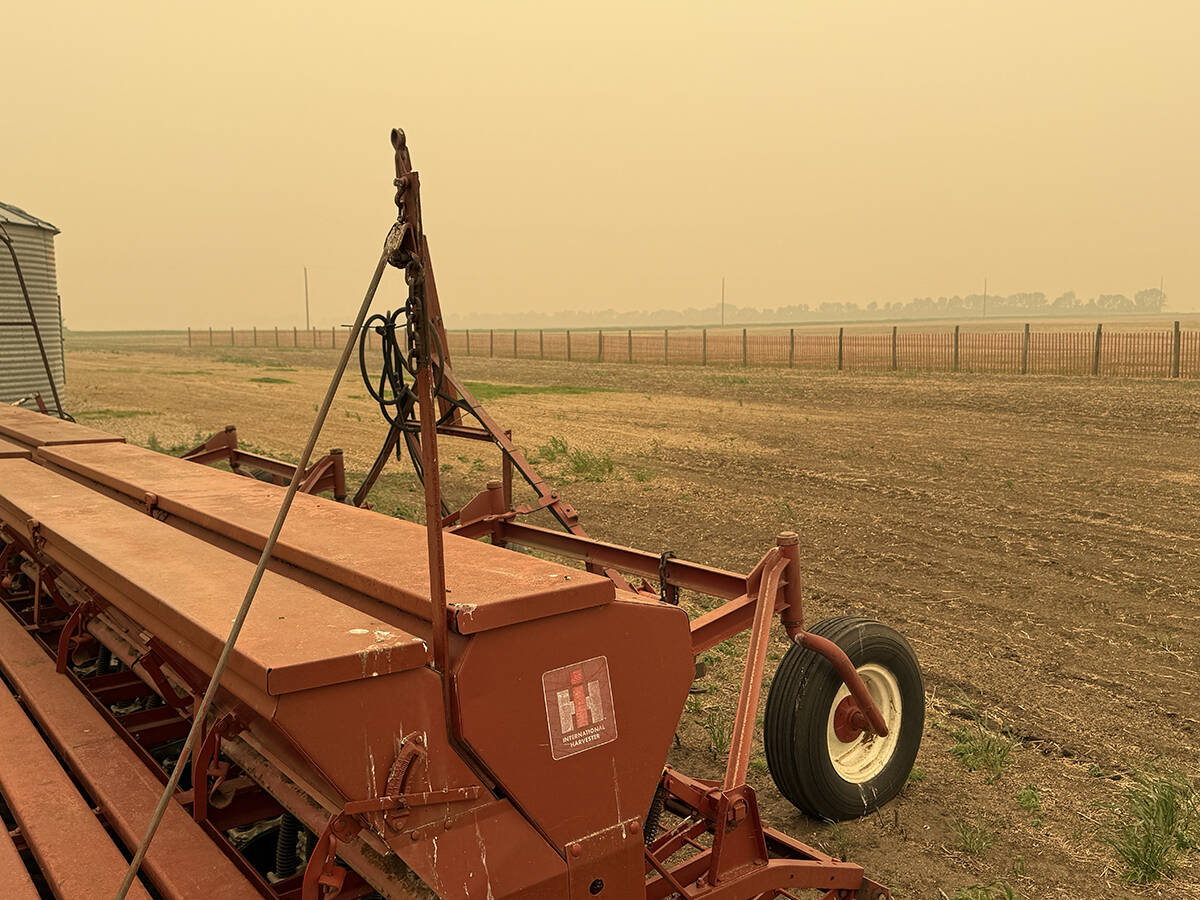
Wildfires have unexpected upside this year
One farmer feels smoke from nearby wildfires shrouded the July skies and protected his crop from the sun’s burning rays, resulting in more seeds per pod and more pods per plant.
That’s followed by background questions about farm size, area and type of operation.
“It’s really short and we want to respect growers’ time.”
VanKoughnet said he is pleasantly surprised by the number of producers who have made the connection between soil moisture and soil health.
“(It’s) more than I would have expected,” he said.
“In the dry areas, it’s moreso about holding capacity. In the wet areas, it’s about, ‘I don’t have healthy soil.… Nothing’s growing because it’s a swamp or it’s a swamp part of the season and then it dries up and then I can’t really grow anything there.’ ”
Strategic use of tile drainage figured large in the responses, including questions about managing saline patches. (Tile drainage is considered a salinity-reducing tool.)
There’s a lot of interest in crop diversity among the answers, says VanKoughnet, a semi-retired farmer from Carman, Man. Common questions include what farmers should place in their rotations, if any of them would be a fit with their other crops and which crops are the most economically viable when diversifying.
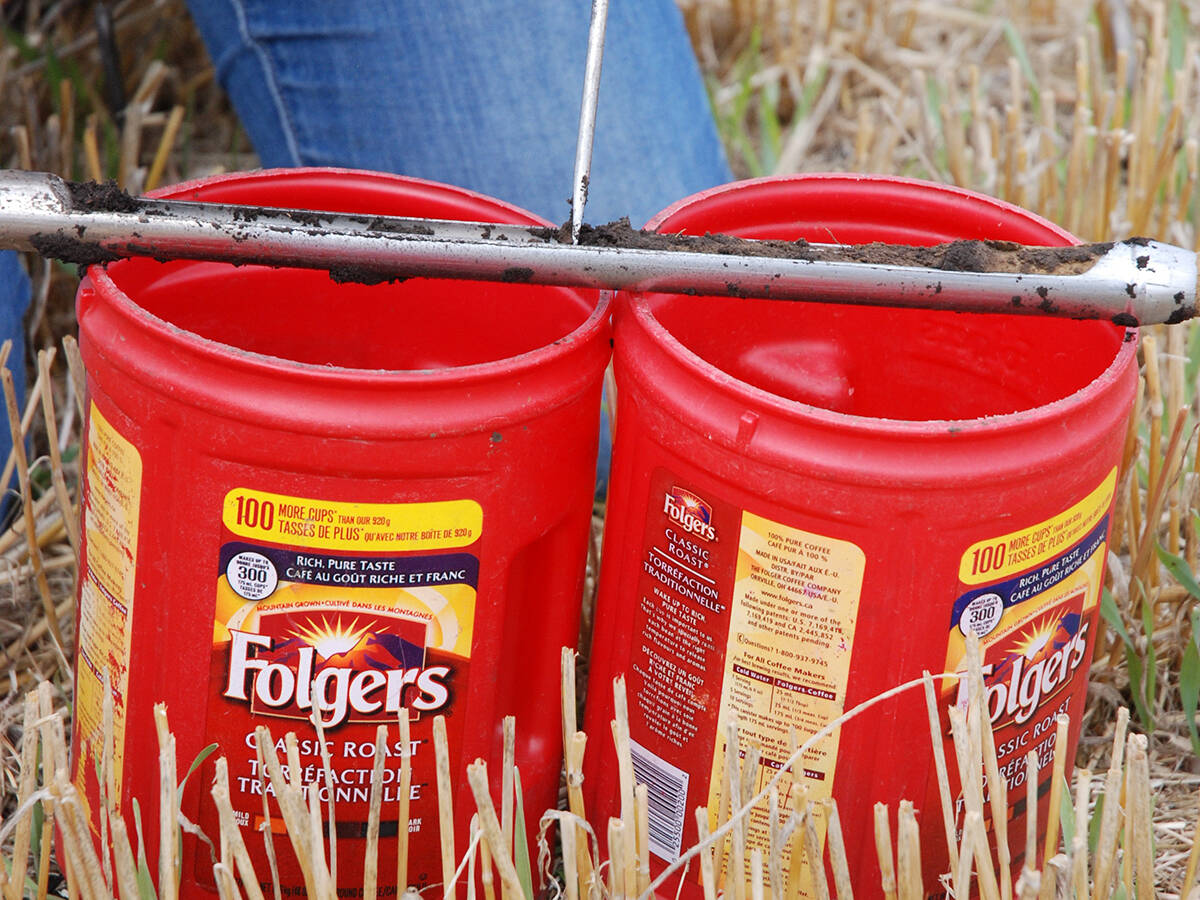
“I think the classic example people talk about is fababeans,” says VanKoughnet.
Farmers know they’re a “fabulous” nitrogen generator, he said, and are a great crop to grow, but they also know there’s virtually no market for them. Therefore, they’re deciding they can’t afford to grow what would otherwise be a good fit into their rotation until a market is developed or yields increase.
“I don’t know what the answer to that is, but we see and we hear it in the survey and in our peer groups,” he said.
“I’m always on the lookout for how we can expand the diversity of crops because we think that’s valuable. We just have to do that in a logical, economic way.”
The feedback reveals mixed feelings on the topic of soil’s microbiological health. The farmer participants recognize its importance, but are wary of what appear to be fly-by-night schemes marketed as soil microbe management tools.
“In person or by survey, you get the sense that people kind of roll their eyes and go, ‘we know it’s important, but it’s crazy complicated and there’s all these miracle cures. How many of those are actually valuable?’ ” Van Koughnet said.
“There’s a lot of both truths and unknowns and untruths that we need to sort out. But it’s not lost on people that biological health is important. It’s just still pretty overwhelming about how you sort your way through it.”
There’s more talk about strategic tillage than there used to be, says VanKoughnet.
Zero-tillage has been the name of the game in crop agriculture for decades on the Prairies, but farmers are finding situations where it simply doesn’t cut it, including for water purposes and soil compaction.
“The simplicity of, ‘hey, you’re in Western Canada; just don’t till,’ is now getting much more nuanced,” he says.
“There’s a set of circumstances where (tillage is) not a crazy idea, so I think that’s healthy that those combinations are being discussed and experimented with.”
Respondents recognize the soil health importance of having some kind of extended ground cover on their fields. However, they don’t always agree with some of the most prevalent recommendations, says VanKoughnet.
“The last one on the list in Western Canada is to pull out the drill and sow a cover crop. Way ahead of that is choosing a different crop that’s a longer season.”
The Soil Health Network hasn’t announced a deadline for survey participation, but VanKoughnet suggests it will continue through the fall farm group meeting season.
“We’ll use QR codes at people’s booths and those kinds of things to keep adding to our survey set.”
All survey submissions are made anonymously. It can be accessed through either desktop or mobile and should only take the participant two to five minutes, depending on how much they are willing to share.
More information about the survey is available at soilhealthnetwork.ca.
A new framework
In a May 1 release, the Soil Health Network described itself as a “new kind” of soil health collaborative framework: one that acknowledges the unique circumstances of each farm.
“The network doesn’t hand out prescriptions or report cards. It listens. It enables peer-to-peer learning, supports incremental change and connects service providers to what farmers are really asking for,” read the release.
VanKoughnet says he was chosen by Assiniboine College to lead the initiative based on his 25 years running a company called Agri Skills.
“I’ve used our farm to do field-scale research and I’ve done a variety of things in the ag industry. And when this project came up and they called me and said, ‘hey, would you want to lead this for us?’ I thought, ‘this is fascinating.’ ”
He says the network began as a proposal from Assiniboine College to the Weston Family Foundation, which helps fund the Soil Health Network. It’s supported by an alliance of western Canadian network partners.
The network fills a void in the field of soil health, says VanKoughnet. Most of the “low-hanging fruit” practices, such as zero-till, have already been incorporated into the standard practices of many producers.
“The intent was to find all the reasonable ways that producers could continue to advance soil health on their farms in a way that worked on every farm.
“And that’s not one size fits all.”
Perhaps the network’s most popular initiative is its peer group workshops, where farmers exchange experiences and ideas on soil health practices.
These workshops,which are available to farmers by request, are off limits to anyone trying to sell a product or advance an agenda, says VanKoughnet.
“(It’s) just this group among peers saying, ‘what have you done?’ and ‘how’s it worked?’ and ‘what are you thinking of doing next?’ And sometimes the conversation goes entirely into cover crops and experimenting with some of those things.… It can go almost any direction, depending on the peer group, their view of how the world works and the complications that they run into.
“When you actually get a room of peers together, they’re never disappointed in what they’ve learned from each other.”
The purpose of these meetings is fourfold, says VanKoughnet:
- Gaining motivation by engaging with other farmers.
- Learning what other farmers are doing with their soil.
- Connecting participants to resources that can help them make changes.
- Acting as a catalyst for research that may offer solutions to soil health challenges.
“There’s some things that growers care about that they wish they could do and there aren’t answers yet. We can help with our networks across the three Prairie provinces that include extension groups, grower organizations, provincial governments, federal governments..…
“We are having this conversation at least annually to say, ‘what do we do?’ Where do we need to invest time in practical research that helps people overcome some of these things where there aren’t answers yet?”
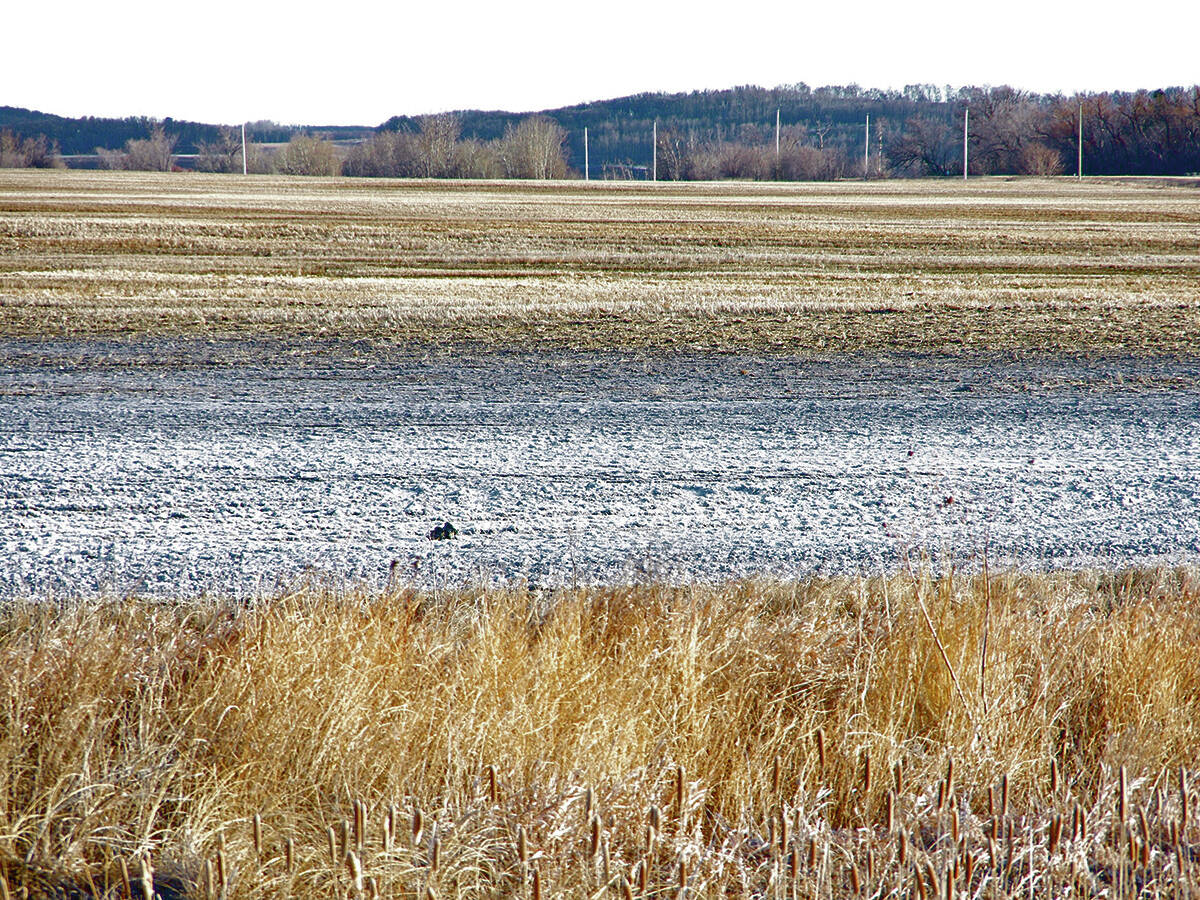
Policy makers — and farmers themselves — need to understand the extent to which western Canadian growers have already embraced soil health principles, he says.
“This is about continuous improvement more than, we have a wreck on our hands and we have to do something. It’s more about, we’re good at this and there’s more to be done.”
Jenn Walker, a central Alberta mixed farmer and the research and extension manager for Alberta Pulse Growers, has participated as a producer in one of these peer group sessions. She thinks they can play a powerful role as an instrument of change in agriculture.
“Personally, I’m a big believer in this type of effort, where you (meet) people with slightly similar or shared experiences and then they can just build a community and build trust with each individually, then raise the bar on their own farms.”
Walker also likes the “no agenda” approach.
“The soil and health space is so noisy and nobody can define it.
“And I truly think that that’s the power of this group because there’s no retail push,” she said.
“There’s no salesmen in the room, and even a lot of biases can show up when you’re dealing with scientists or agronomists, even if they’re independent.”
Walker said creating a place where farmers can talk, challenge their experience and gain knowledge empowers those farmers to be able to go out and talk to some of these companies and suppliers.
“That’s a stronger way to go about it and more powerful,” she said.
Walker doesn’t want to infer that the broader ag industry doesn’t have good information for producers.
“But I think that by starting from a place where they’re not included, then that affords growers like me this suite of questions and background and experiences that my peers have had, and then that empowers me to go out and make a better decision.”


